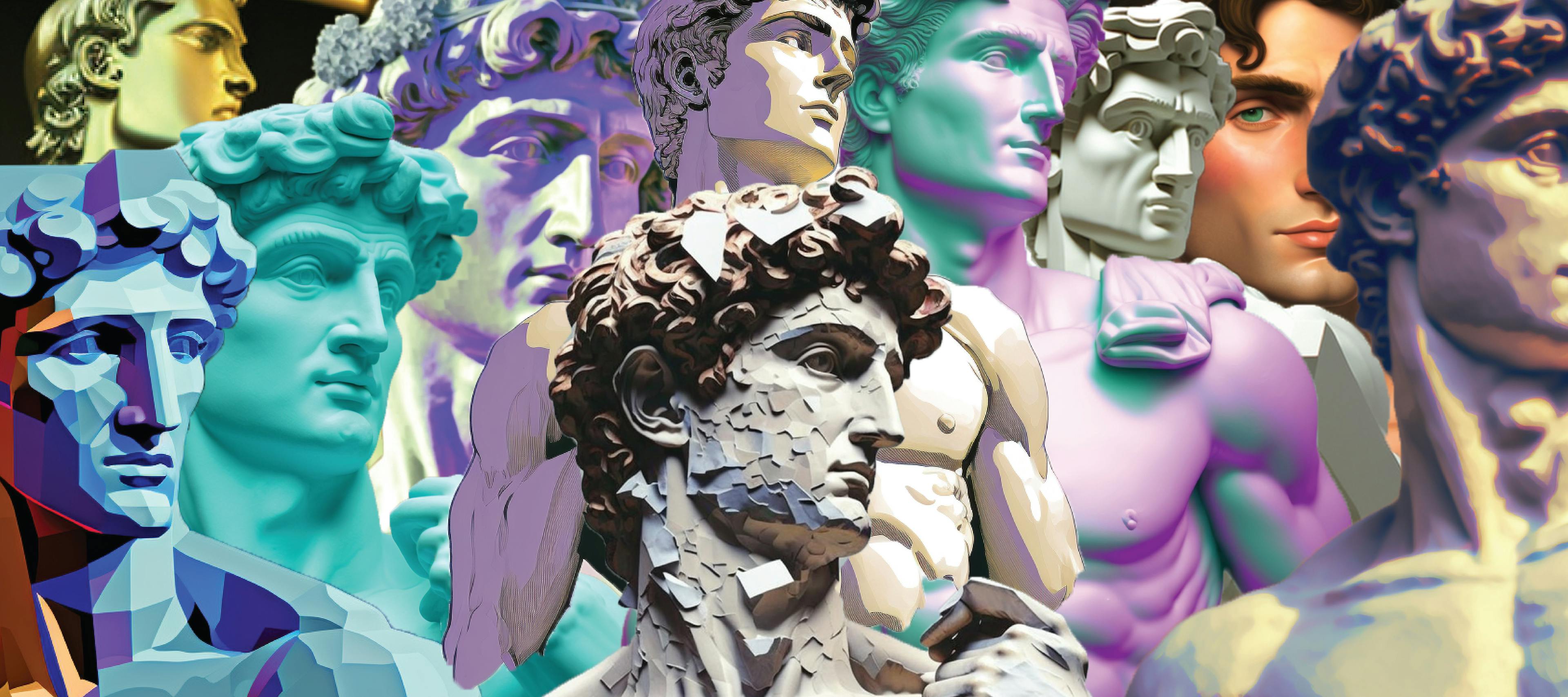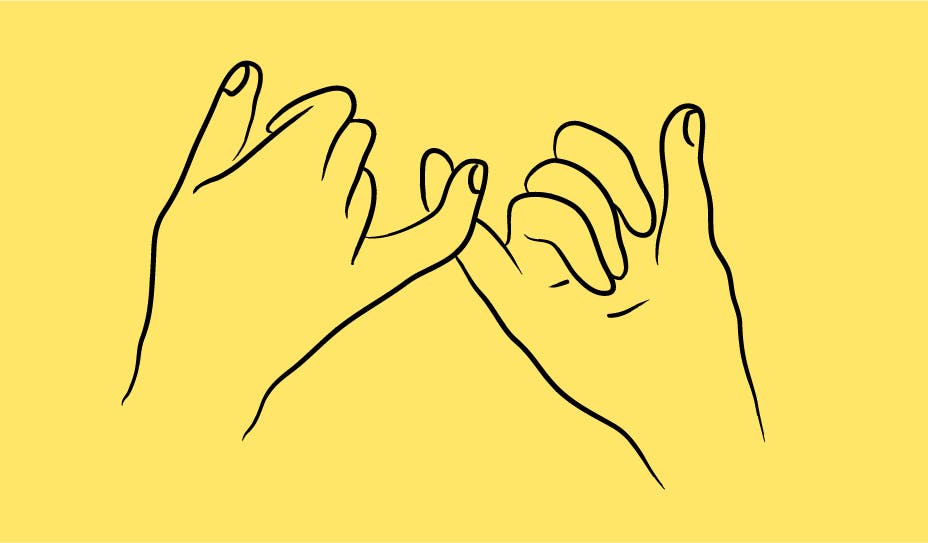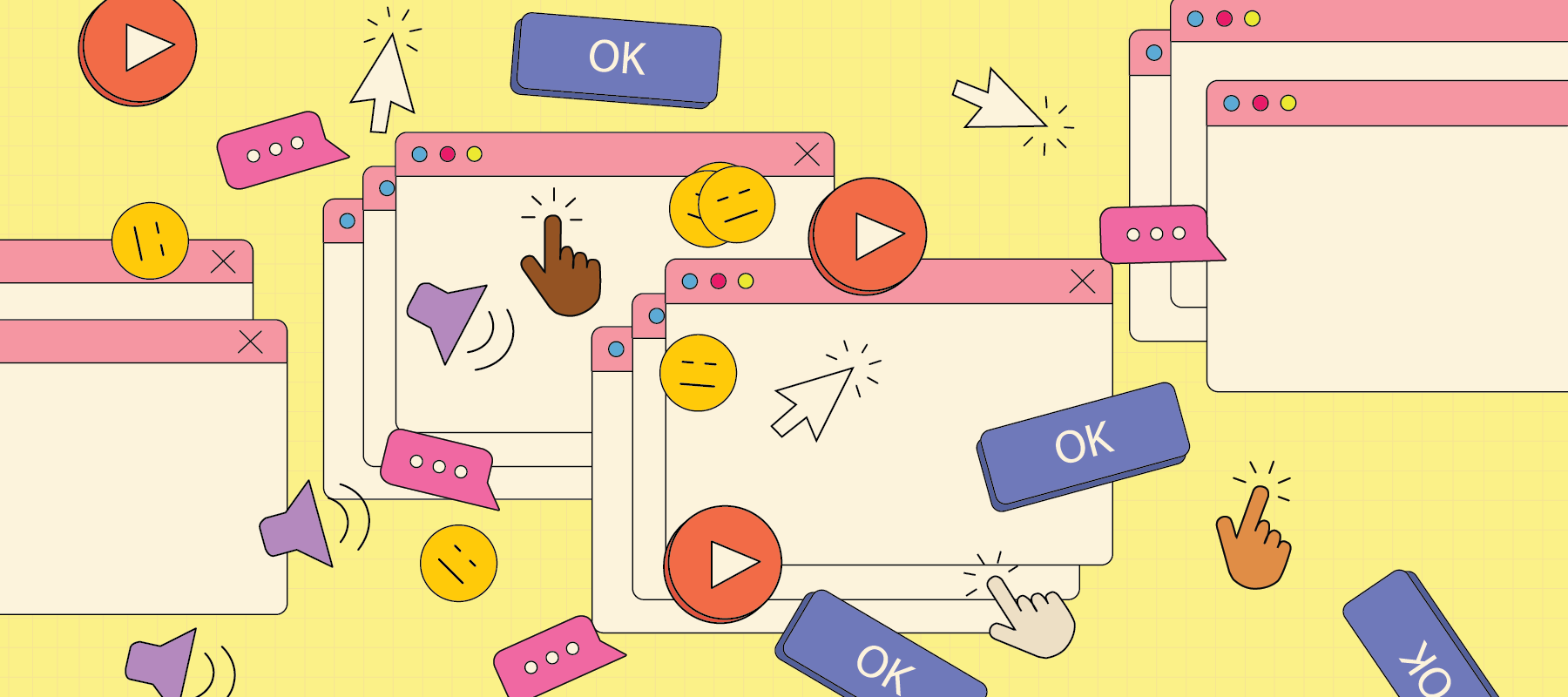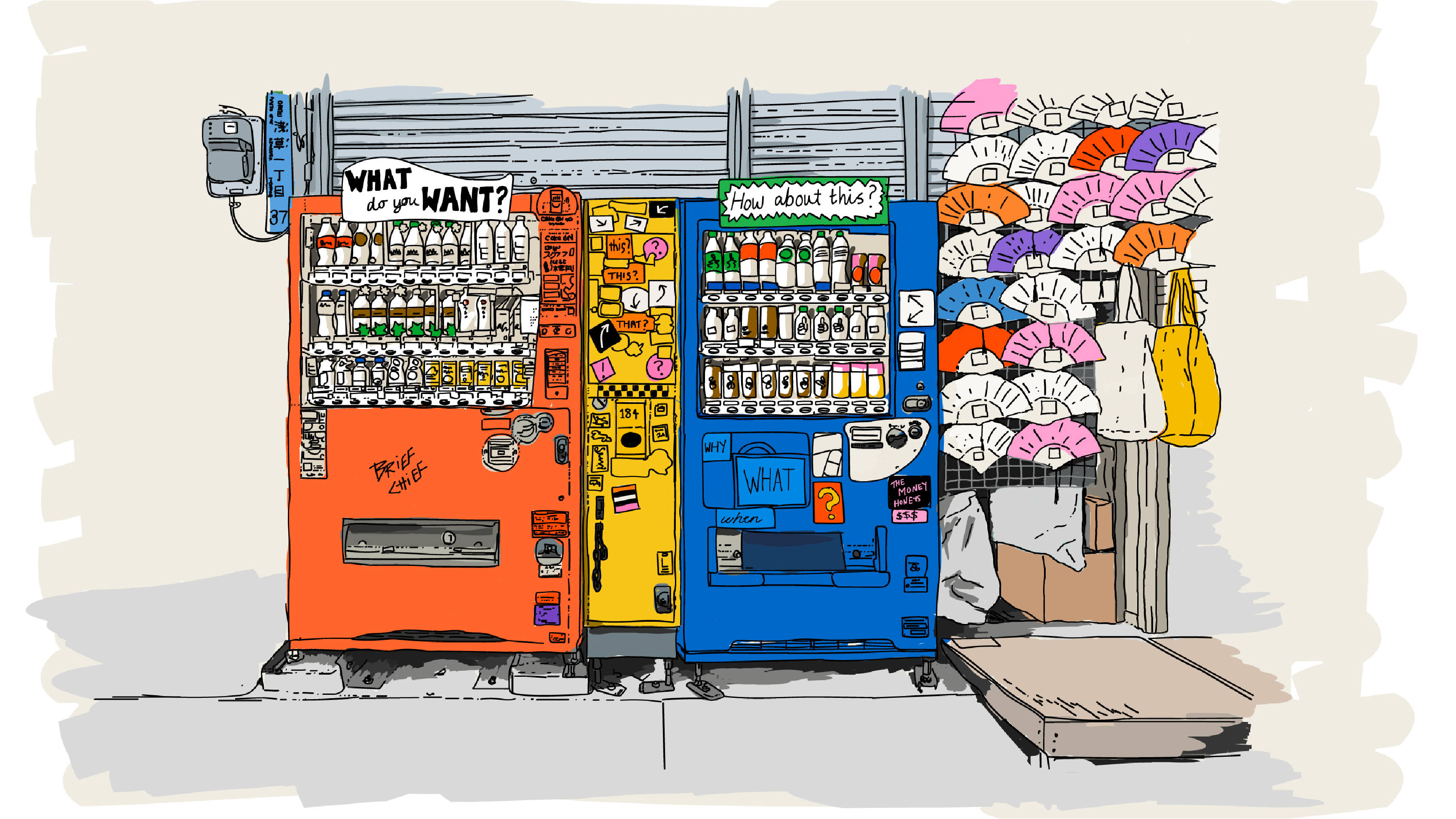Designed to last — Aspiring to brand longevity
23 Jan 2023
Written by
Madeleine Baud
Copywriter / Brand StrategistMassimo Vignelli said: “If you do it right, it will last forever.”
No one wants to spend marketing budget on their brand only to get it wrong.
A branding misstep will inevitably be costly, probably in more ways than one. An ill-conceived refresh, short-sighted campaign, or rushed messaging will confuse your audiences and undermine their trust in you. Worst of all; you may not get a second chance. Long may we remember the recent BoM/Bureau debacle.
But there are businesses and organisations out there who’ve retained and defended their position in the minds of their audiences, some for hundreds of years. They’ve survived cultural and economic shifts, compelled audiences to return time and time again, and found new ones along the way.
What do we mean by longevity?
When we talk about longevity, we don’t just mean financial sustainability and profitability (though a strong brand will undoubtedly contribute to this), but the ability of a brand to remain relevant over time, to occupy a place in the collective consciousness, and find new audiences as old ones move on.
A few brands who’ve stood the test of time:
— Twinings (est. 1706)
— Moet & Chandon (est. 1743)
— Colgate (est. 1806)
— Australia Post (est. 1809)
— Gundagai Bakery (est. 1864) (Seriously! Longevity is achievable across any category and at every scale.)
The reputations of these brands are strong in their respective markets. And while, unlike Gundagai’s scones, there’s no one recipe to follow, there is a lot that brands with staying power have in common.
So how do we design for longevity? Here are four ways in which Liquorice builds long-lasting brands:
Start with a strategy and stay focussed
We start every brand project by collaboratively developing a sound strategy; one which is based on a research-backed, authentic truth about our client’s brand. This means helping to uncover and articulate values and promises that can be upheld, and a core truth about (or essence of) the business, organisation, or product (not always but often this is expressed as a Brand Purpose).
Clear brand promises and values must be sustainable, they must be honoured, and they must be defended. Focusing on the things you are good at so as not to spread your brand efforts too thin (exposing cracks). Straying from your strategy can be incredibly risky. We tend to forget that Apple (a brand synonymous with longevity) wasn’t always successful. There was “a dark period in the early to mid 90’s. The company over-expanded, trying to compete at both the high and low ends of the market.... In 1996 the Wall Street Journal predicted Apple’s demise with the headline, “Buy a PC. They’re cheaper. And the Mac is going to disappear” But returning to their core values (and returning to Steve Jobs) brought them through this — Brand Longevity Lessons from Apple
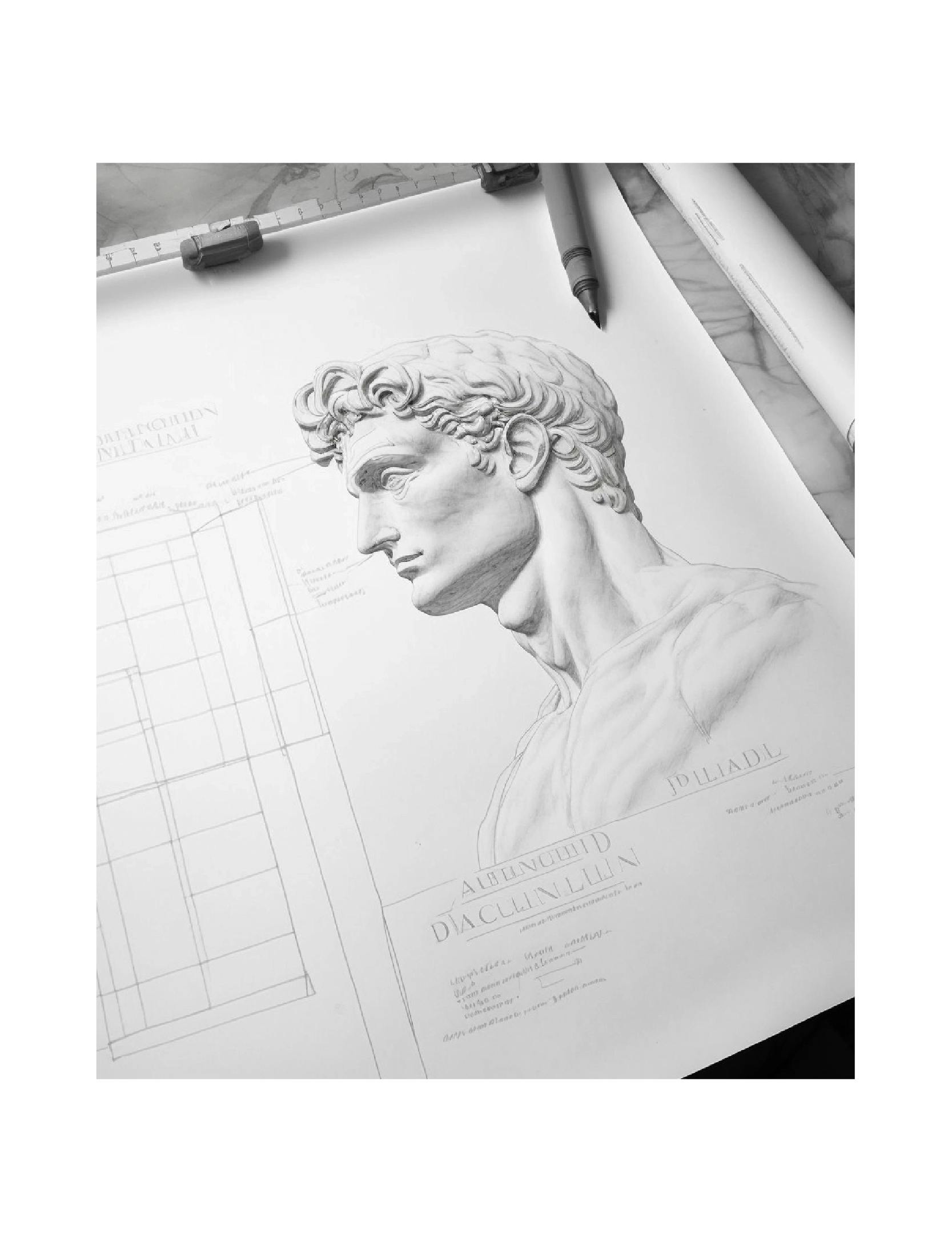
Build collaboration into the design process
Maybe it’s the success we experienced running deeply collaborative co-designed brand projects with organisations like cohealth and GenWest. Or maybe it’s our multidisciplinary nature and our work in UX research. But we see huge value in the process and outcome of participatory design. We love to work closely with our clients, their stakeholders and communities through workshops and deep human-centred research. Outcomes are inevitably better when brands are shaped through conversation with the people around them.
The recent French ‘Citizens' Convention for the Climate’ certainly had its share of public critics (it’s important to frame any co-design exercise properly to manage expectations) but the thinking behind that project was solid. By assembling a group that is broadly representative of all stakeholders, they came up with bold solutions that were truly in step with the community. As Deliberative Democracy expert Nicole Curato put it "Experts don't have the monopoly on good answers."
Create an emotional connection
Big ideas cut through. This is true in marketing and in product/service design. But you can’t expect long-term success from one big idea, one single brand campaign, or an isolated cultural moment, so we need to build brand platforms that encourage creative ways of connecting. Creative connection has to be baked into a brand’s DNA, and to be truly effective it has to be integrated and holistic in its approach, touching all parts of the brand experience. Take Red Bull, for example. Love it or hate it, the brand’s commitment to taking everything to the extreme has earned them a loyal following. From sponsorships, to advertising campaigns, PR stunts, and down to the garish, eye-catching nature of their can itself, it's all rooted in exciting, memorable, emotional stories that connect with their audience.
Through brand strategy, we aim to uncover what it is that makes a brand unique and loveable and then, through creative execution, find ways to highlight that uniqueness while surprising and delighting audiences. It’s just good, simple storytelling at its heart. But the story needs to be constantly retold, and it needs to revolve around a central truth that people will genuinely connect with.
When building brand strategies and visual and verbal identities, we are conscious to avoid trends. We seek inspiration from the unexpected, and we never settle for a first idea, even if it becomes the best solution. We endeavour to dig deep, investing in research, and putting in our own emotional effort to create something that will connect with audiences. If the design is genuinely strong, original and resonant, then it won’t date. If work is crafted with care and is strategically sound, then that kernel at the centre of a brand will stand the test of time.
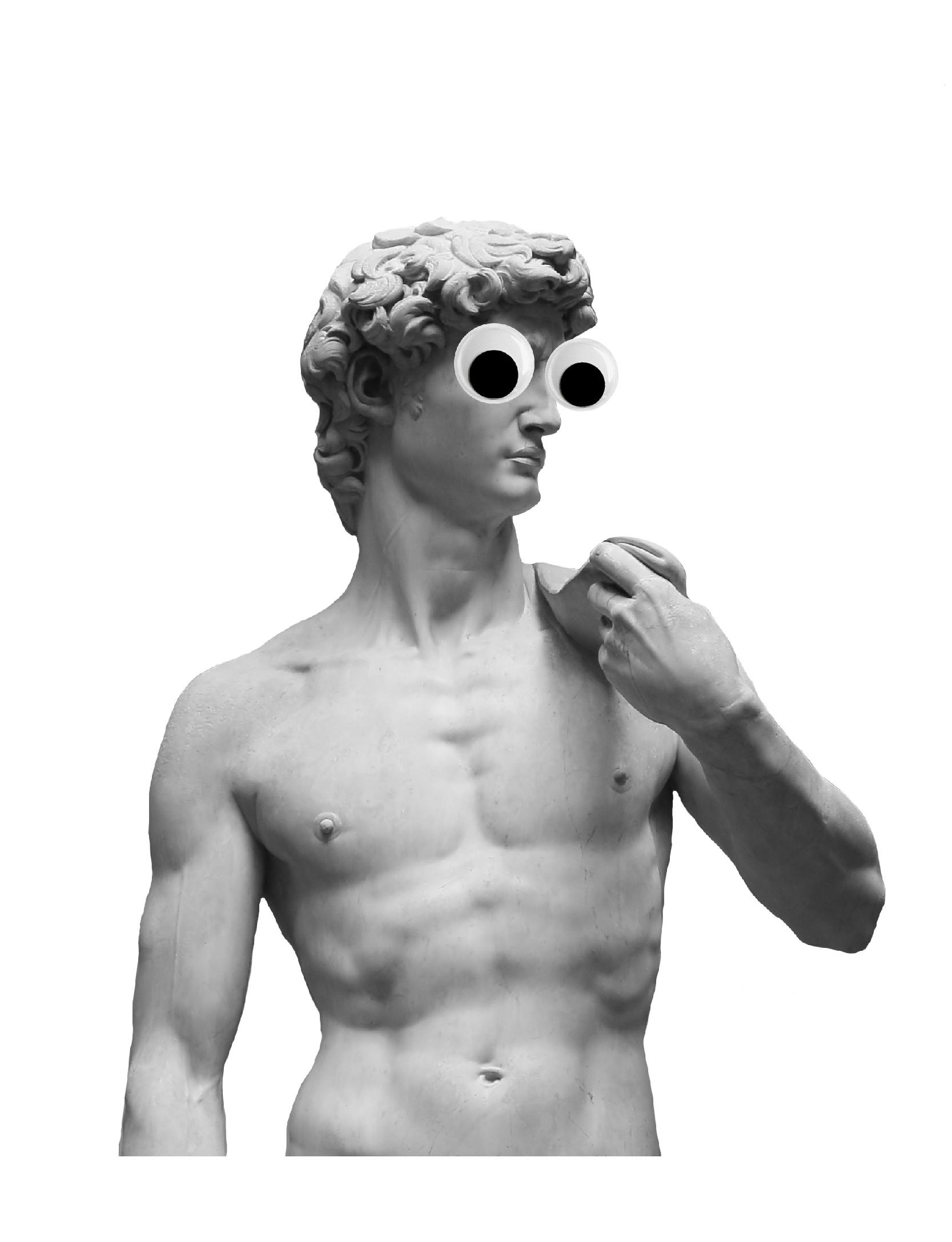
Flux is inevitable, plan for it
Brand evolutions are inevitable. Cultures change, operating environments change, and we must embrace it to maintain social salience. There will, by necessity, be evolutions in your offer and the way your values show up. But they must continue to show up. Building brands with a framework that accounts for evolution will help us to remain true and authentic in the face of these changes.
There will always be a delicate balance to strike between continuity and change when maintaining a brand over time, but it can be done.. As demonstrated through the ever evolving James Bond franchise and its inter-generational popularity.
Lego too is a good example of this ability to evolve while staying true to its original brand promise. “The company has stayed true to its core mission of motivating children to think creatively. But it’s ever evolving through new technologies, product ranges, partnerships and extensions… by developing a product that continually evokes creativity, people will not only remember it but return to it.”
Not sure what to do first? Get in touch with us at Liquorice.
